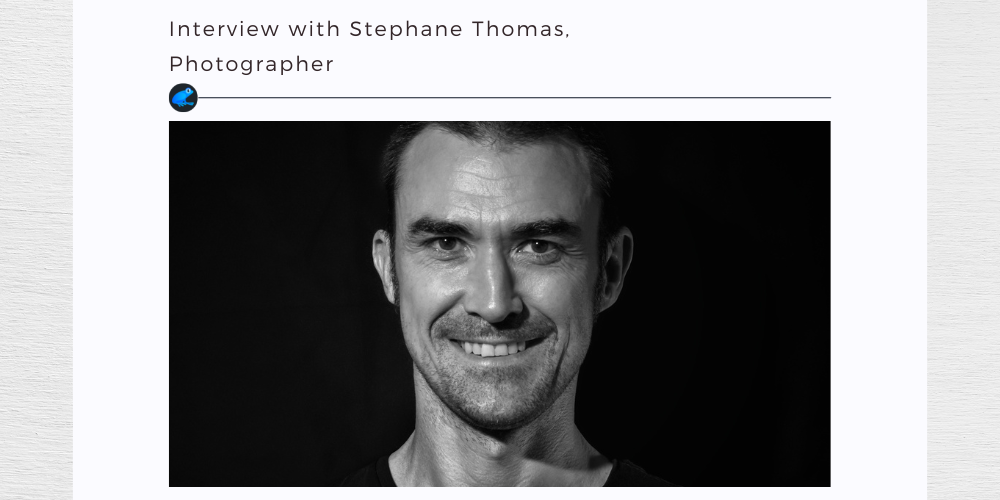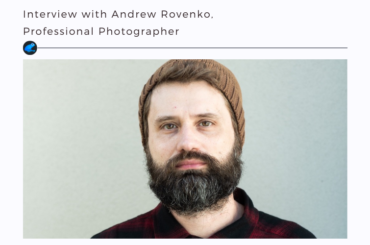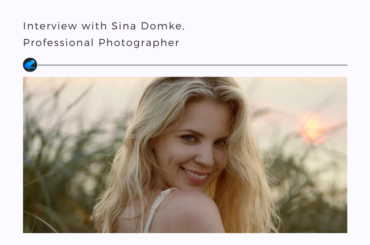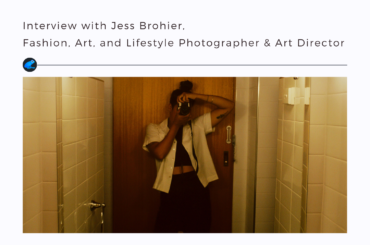Photography has always been part of French-Australian photographer Stephane Thomas. His father – also a passionate photographer, always had a camera on him when Stephane was growing up. This year, Stephane was awarded overall 3rd place in Australasia’s Top Emerging Photographers 2022 competition, winning the Architecture category.
Him and his siblings enjoyed taking their own photos that they’d later develop. The dark room they had set up in their home fascinated Stephane as everything seemed surrounded by magic.
I got my first SLR when I was about 15 and experimented with it without really learning properly. There was no Youtube in the 90s, so learning was a bit more difficult, especially on film, as you had to wait for the photo to be developed before seeing the results.
When digital cameras came out I got an entry level DSLR that I used mostly for travel photography. Phones didn’t have the photo capabilities they have now so that was the only option to take decent photos back then.
I then lost touch with photography for many years when I moved to Australia in 2005. I got involved in a long distance triathlon and there was no time left for photography.
What re-ignited his passion for photography – which he maintains at a hobbyist-level, was a trip to South Africa back in 2015. Since then, he hasn’t been able to put his camera down. A photo safari he took this year where early one morning he encountered a beautiful cheetah and a group of young lions was one of the highlights of his 2022.
These moments spent in nature really help to reconnect with what really matters.
His inspiration comes from the greatest painters, as the two arts are very similar:
Both depend on light and its representation, so the greatest painters are a big inspiration both from a technical and artistic point of view.
I also get a lot of inspiration from other photographers. There are too many to name them all but local (Australian) photographers like Mieke Boynton, Daniel Linnet or Graeme Gordon are definitely in my list of artists I learn from.
Photography is all about light. I feel black and white is often the best way to tell a story without the distraction of colour. It allows me to magnify a subject while pushing back less essential elements.
Studying other forms of art have helped his own artform mature, and that’s why he visits art galleries as much as possible, and reads books on the history of art.
Photo competitions also help me expand my work and force me to pay extreme attention to detail. Over the last two years my photography has greatly improved, which resulted in over 60 national and international awards and recognitions.
When it comes to his go-to tool stack, Stephane goes for the Canon R6 and the newly released R7 for wildlife.
In the field I usually like to carry two bodies so I can adapt to any situation quickly.
I have lenses that cover focal length from 16mm all the way up to 800mm so I am ready for anything (and have a very heavy bag).Software-wise, I use Lightroom and Photoshop. Occasionally I use Topaz Denoise AI, mostly for wildlife images shot at very high iso.
Finally, we took a look at the topic of social media and its impact on photography. While he acknowledges social media platforms’ role “as a marketing tool for photographers trying to promote their services (mostly educational)”, he also emphasises its potential downsides: promoting clicks over quality or the environmental impact: “some popular spots get completely destroyed or damaged by large inconsiderate crowds.” Furthermore, he sees that the general public might become less and less able to identify highly skilled photographers, as anything can look good on a small, over-saturated phone screen.
I use Instagram as a quick publishing platform to conveniently share some of my photos with my close friends, family or other photographers I have met along the way. My account is just a random bucket of images I choose to share without any sort of strategy, goals or expectations. Instagram can disappear tomorrow, it will have zero impact on my photography.
Learn more about Stephane and his work on his website.




